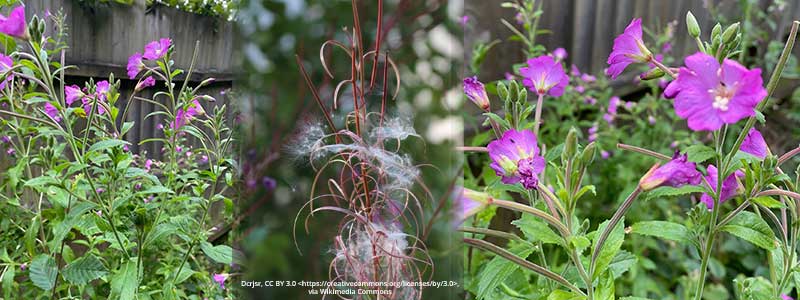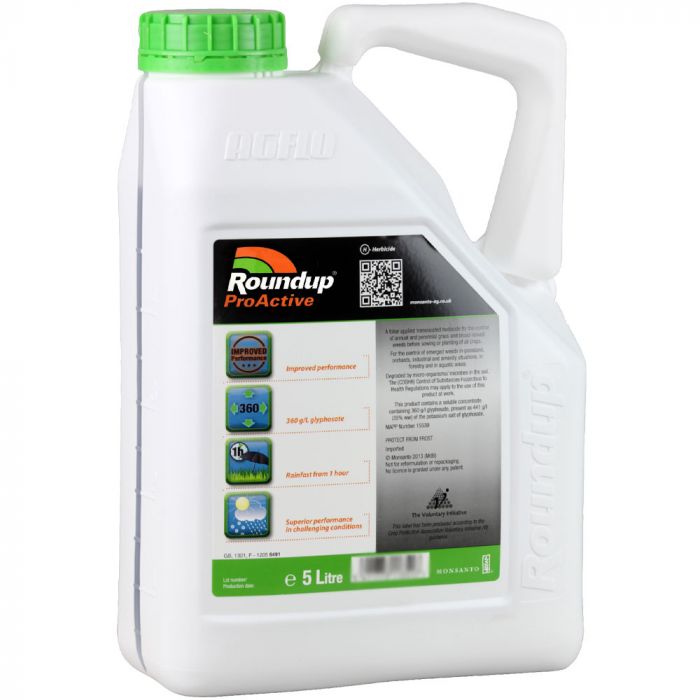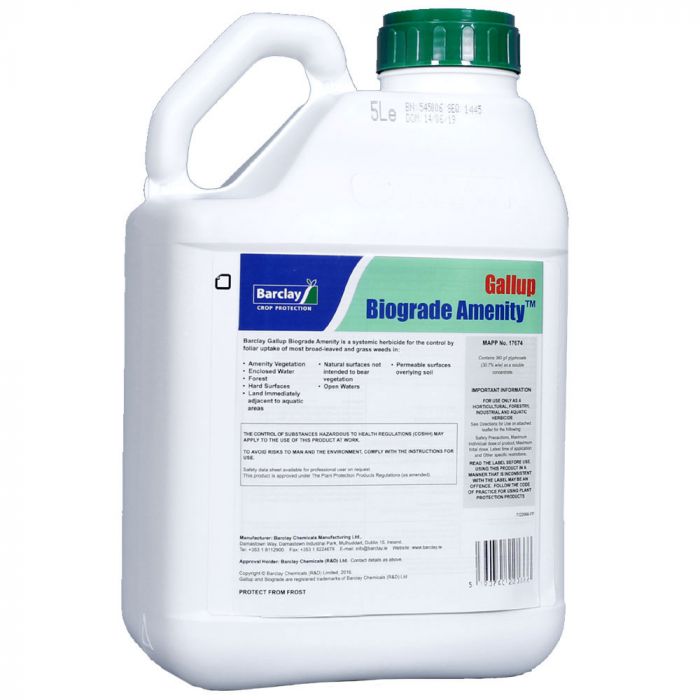Rosebay and Hairy Willowherb
KEY FACTS:
- Scientific Names: Epilobium Hirsutum (Hairy Willowherb), Chamaenerion angustifolium (Rosebay Willowherb)
- Areas Affected: Wasteland, wetlands, riversides, ditches, fields, meadows
- Timing: Vegetation grows between May and September with the plants flowering from June to August

WHAT IS HAIRY WILLOWHERB?
Hairy willowherb is an invasive plant which spreads via its seeds, rhizomes and stolons. This tall perennial plant can reach up to 2m tall growing pink/purple flowers between the months of June and August. In the past, hairy willowherb was introduced to Europe as an ornamental plant before they realised, as with many other species, how quickly they can spread and take over an area.
WHAT IS ROSEBAY WILLOWHERB?
Rosebay willowherb is a native perennial weed which spreads by its seed and underground rhizomes. The plant can grow up to 1.5m tall with pink/purple flowers appearing from June to September. This weed can cause problems especially in smaller gardens as the roots are long and spread far meaning that they can produce new leafy shoots in other areas of the garden. Alongside this the fluffy seeds that the plants produce are easily carried in the wind so can spread quickly.
WHAT ARE THE DIFFERENCES?
Rosebay willowherb and hairy willowherb often get confused however there are many differences.
| Rosebay Willowherb | Hairy Willowherb |
| Leaves are arranged spiralling around the stem | Leaves are either alternate or opposite each other |
| Flowers are held nearly horizontal | Flowers are held near vertically |
| Flowers are a spike which open first at the bottom | Flowers are scattered, opening at the top of the plant first followed by the flowers on the side branches |
| Plant is green in appearance | Has a greyish appearance due to the hairiness of the plant |
METHODS OF CONTROL
Cultural Control Methods:
It is possible to remove both rosebay willowherb and hairy willowherb via cultural methods although it can be difficult. When attempting to control the plants using cultural methods you should carefully cut off the stems before removing the roots. Due to the fact that this plant spreads through its root system, any fragment of root or rhizome left behind could cause a new plant to grow. Alongside this, due to the highly invasive nature of these plants, they should not be disposed of off-site so would need to be destroyed on-site. If you are wanting to cut these plants down, it is advised that you place a bag over the top of the plant to ensure no seeds are disturbed and spread into the wind.
Chemical Control Methods:
The most effective way of controlling rosebay willowherb and hairy willowherb without running the risk of spreading the plant further, is to use chemical control methods. The best time to target the plants is when the shoots have emerged and are actively growing. At this stage you should treat the plant with a mixture of a glyphosate such as Roundup ProActive or Gallup Biograde, with Hurricane a long lasting residual weed killer.
If you haven’t noticed that you have rosebay or hairy willowherb growing at the early stages, it can still be controlled as it becomes more mature. This would need to be done with a mixture of glyphosate and Validate. At this stage it is also sensible to break off and dispose of any seed pods to try and limit the spread of the plant before they have been properly controlled.








